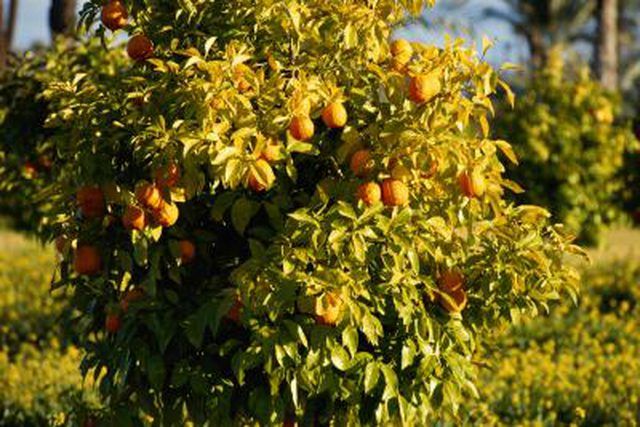Bulbs
Flower Basics
Flower Beds & Specialty Gardens
Flower Garden
Garden Furniture
Garden Gnomes
Garden Seeds
Garden Sheds
Garden Statues
Garden Tools & Supplies
Gardening Basics
Green & Organic
Groundcovers & Vines
Growing Annuals
Growing Basil
Growing Beans
Growing Berries
Growing Blueberries
Growing Cactus
Growing Corn
Growing Cotton
Growing Edibles
Growing Flowers
Growing Garlic
Growing Grapes
Growing Grass
Growing Herbs
Growing Jasmine
Growing Mint
Growing Mushrooms
Orchids
Growing Peanuts
Growing Perennials
Growing Plants
Growing Rosemary
Growing Roses
Growing Strawberries
Growing Sunflowers
Growing Thyme
Growing Tomatoes
Growing Tulips
Growing Vegetables
Herb Basics
Herb Garden
Indoor Growing
Landscaping Basics
Landscaping Patios
Landscaping Plants
Landscaping Shrubs
Landscaping Trees
Landscaping Walks & Pathways
Lawn Basics
Lawn Maintenance
Lawn Mowers
Lawn Ornaments
Lawn Planting
Lawn Tools
Outdoor Growing
Overall Landscape Planning
Pests, Weeds & Problems
Plant Basics
Rock Garden
Rose Garden
Shrubs
Soil
Specialty Gardens
Trees
Vegetable Garden
Yard Maintenance
How to Care for Orange Trees
How to Care for Orange Trees. The orange tree, originating in Southeast Asia, grows at maturity up to 30 feet in height. The fruit of the orange tree is actually a berry that grows up to 4 inches in diameter. With care, you can have a healthy orange tree with plenty of delicious fruit.

The orange tree, originating in Southeast Asia, grows at maturity up to 30 feet in height. The fruit of the orange tree is actually a berry that grows up to 4 inches in diameter. With care, you can have a healthy orange tree with plenty of delicious fruit.
Things You'll Need
Fungus aide
Ammonium sulfate
Tree wrap
Water your newly planted orange tree two to three times the first week and once or twice a week for the next few weeks. After this, water the tree whenever the soil dries out 1-2 inches down.
Weed the area around the orange trees but avoid mulch, because it can cause foot rot disease.
Add mycorrhizal fungi when planting your tree or after, inoculating the soil near the root zone, to help the roots develop if this fungus is lacking in your soil.
Apply fertilizer after the young tree begins to grow. Provide a single cup of ammonium sulfate split into three or four applications in the first year, scattered on the ground around the tree and watered thoroughly. Increase the amount to two cups in the second year and three in the third.
Bank your orange tree by building up clean soil around the tree trunk to a height of about 15 inches if you have freezing weather in your region in early fall. This insulates the tree and absorbs the sunlight. Or wrap the trunk with commercial tree wrap, following the manufacturer’s instructions.
Tips & Warnings
Find a good tree expert to consult with.
Because orange trees are cold-sensitive ask your tree care specialist to find the tree that is best for your climate and region.